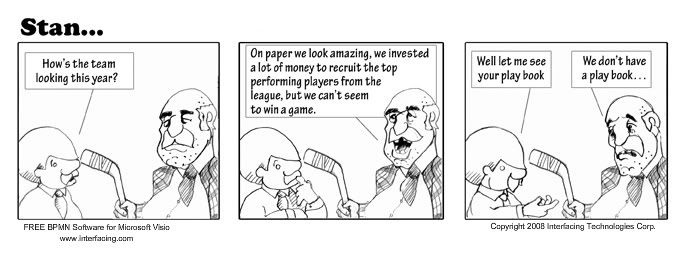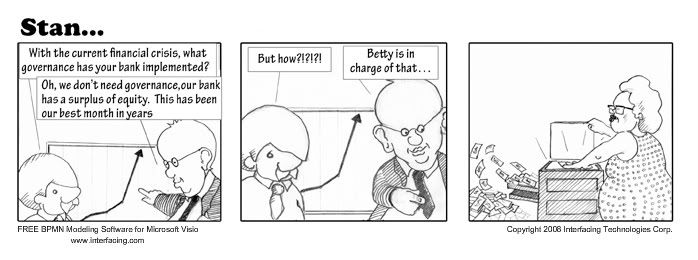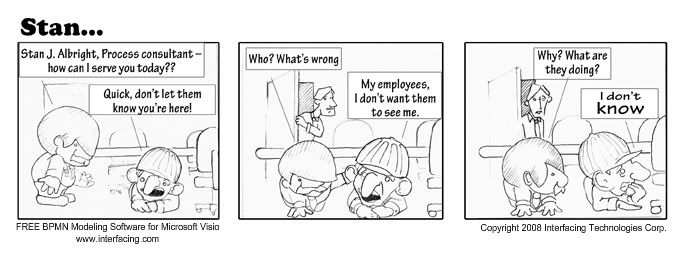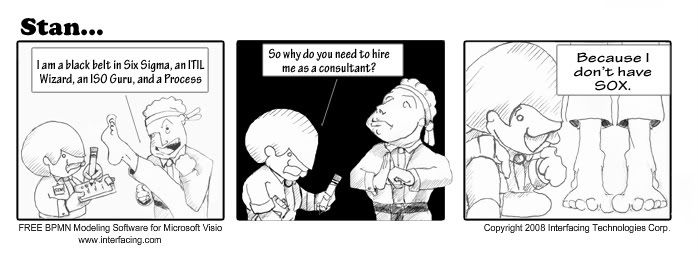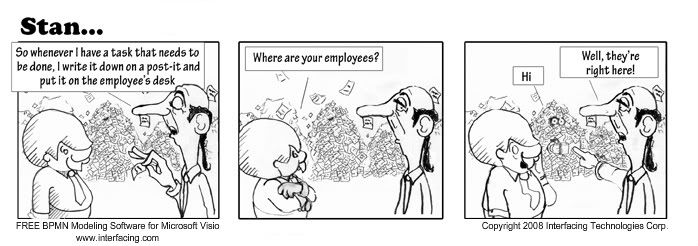
Within any corporation, organization is essential for maximum productivity and efficiency standards to be achieved. It is surprising the number of corporations that I walk into who have no organizational management or content management systems in place. Those corporations that do have these management systems in place often use them in less than optimal ways. As the backbone of every organization, information should be handled in a way that ensures easy access for those who are authorized, while providing a clear context for a document’s purpose and objective. Roles and resources need to be clearly defined and tasks must be distributed in a plausible manner – certainly not via sticky note.
Employees are a company’s most important investment and in order to ensure that they perform to their full potential, managers must be able to clearly assign roles for them. In addition, employees must be able to clearly visualize what tasks are their responsibility, while having clear access to all the information needed in order to do their job properly. Business Process Management software ensures that tasks and duties are properly assigned, by assigning specific roles to human resources. Employees are given ownership of their tasks, ensuring that there are no redundancies in task execution and that no task is left unfulfilled. Through the use of personalized employee web-portals, employees can clearly see what tasks they have to do each day, and what is expected from them. This ensures not only that tasks do not get ‘lost’, but also that managers can easily keep track of the workload of their employees. In the end, ensuring that organizational management is upheld leads to greater efficiency and cooperation within your company.
Ensuring that a corporation has an efficient and effective content management system is a daunting task. Often companies store all of their documents and data on separate information silos, making it difficult for employees to find what they are looking for. Poor content management poses serious problems for any business, regardless of size. Without organization, security is sacrificed as secure documents can be lost or mishandled.
BPM software allows for content management to be optimized. Company knowledge is immediately available to process users, employees, and managers. Much more than only a repository, BPM software houses a fully integrated content management system which allows users to store valuable documentation in a secure, central location for easy access by all employees. Documents are given a clear purpose by linking them to specific processes ensuring maximum efficiency and productivity.
Taking the necessary steps to ensure that your company is properly organized can yield results immediately. Business Process Management software provides a relatively easy solution to organizational problems within any company, a task that should be at the top of your to do list. Where is that list anyways?
100% FREE BPMN Modeling Software for Microsoft Visio
